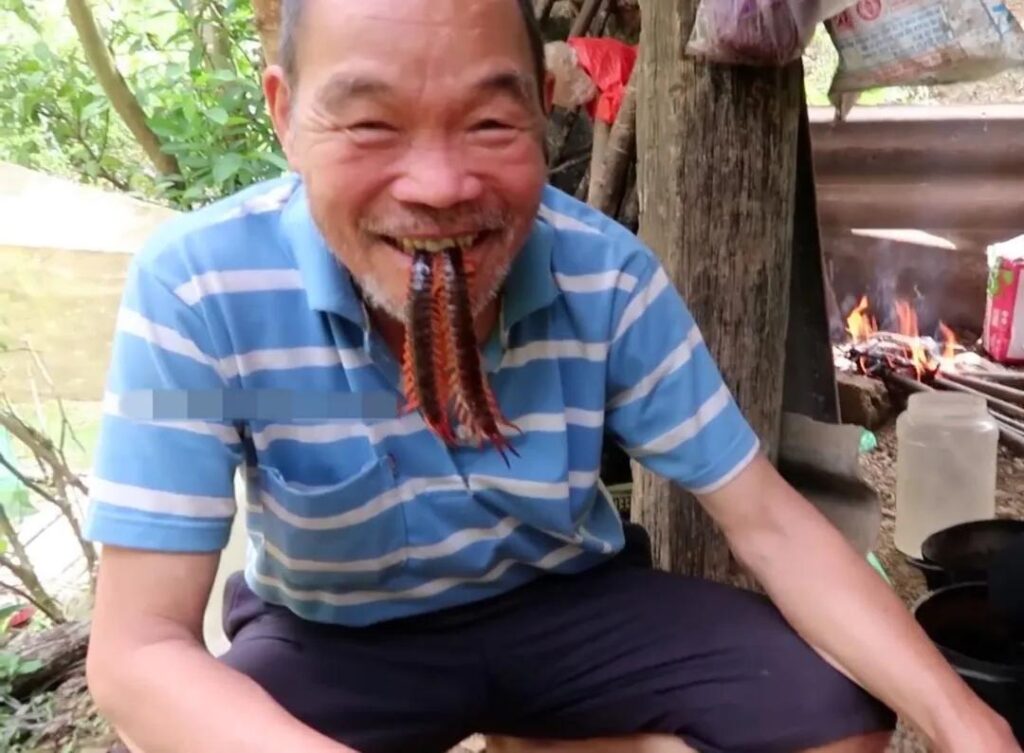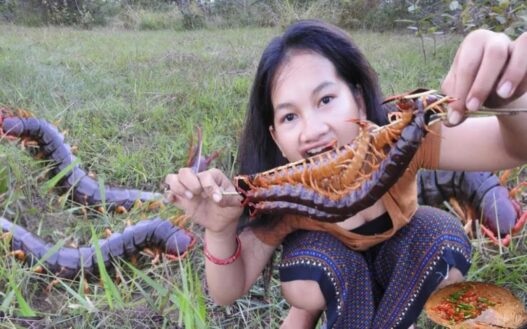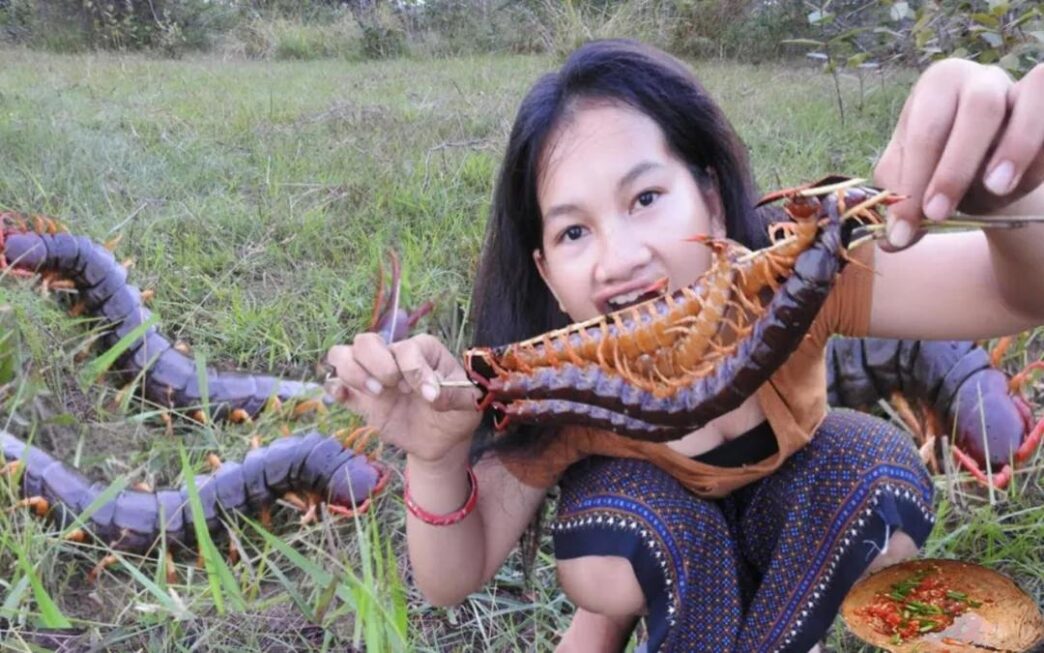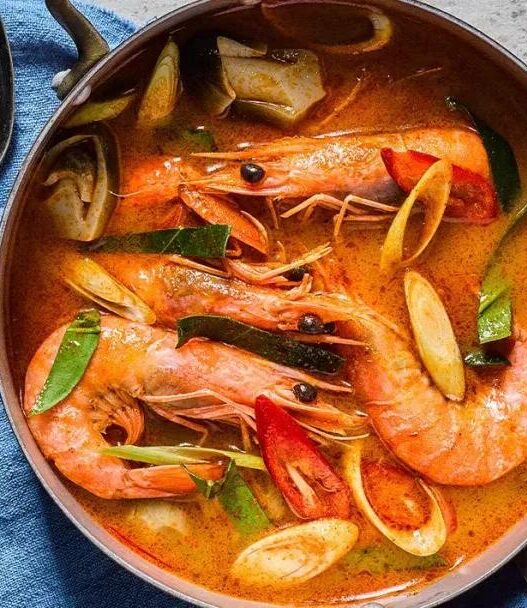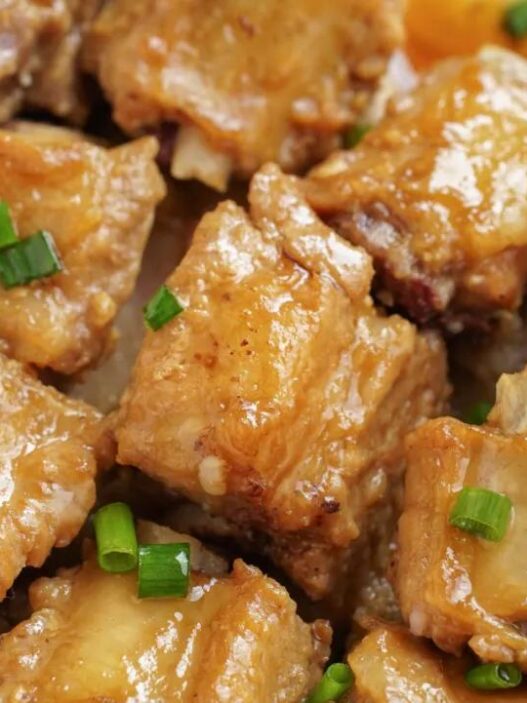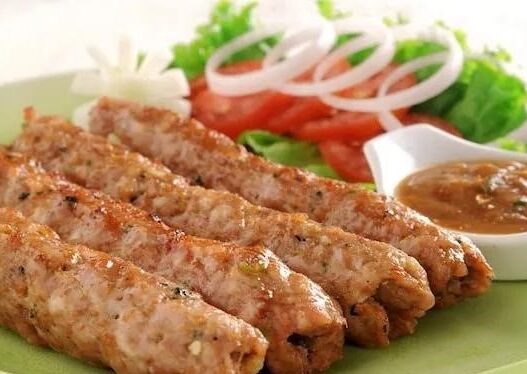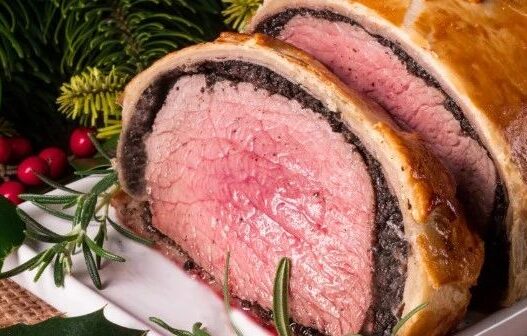“Having tasted the Vietnamese centipede feast, one might say, ‘See you in the next life.'”
Vietnam’s love for nature takes on forms that defy conventional understanding. Here, the Vietnamese Giant Centipede is not merely a creature lurking in shadows but an integral part of the Southeast Asian mystique—dominant both in the dense forests and at local dining tables.
Behind every seemingly outlandish ingredient lies an unyielding palate and a fearless stomach. Born in Vietnam, a centipede is destined for an extraordinary fate. Crawling out of dark corners and emerging from humanity’s deepest fears, these creatures ultimately find themselves transformed into culinary delights, becoming a bold and mesmerizing spectacle.
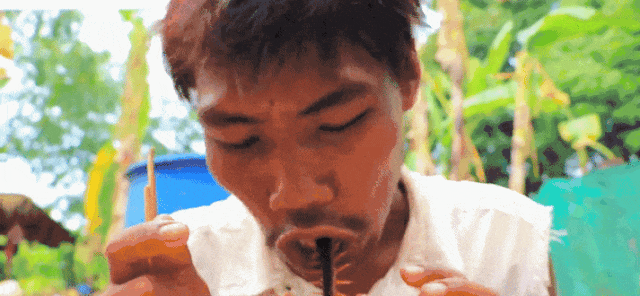
A Test of Bravery, A Taste of Adventure
When a plate of grilled centipedes is placed on the table, foreign visitors often recoil in fear, while locals nonchalantly use chopsticks to pick up a piece, dip it into chili sauce, and pop it into their mouths without hesitation.
“The first time you eat centipede, it feels like one is doing somersaults inside your mouth,” a French travel blogger once recounted about her experience in Vietnam. “And then, you can’t stop—you either chew it quickly or risk letting it wreak havoc on your tongue.”

As the dish arrives, the straight centipede, grilled over charcoal, curls slightly. The crispy texture of its segmented body and its tiny, now charred legs lend it an intriguing appearance. A local might casually offer a piece to a hesitant tourist, chuckling, “Don’t worry, it won’t bite anymore.”
For the Vietnamese, eating centipedes is as routine as grabbing skewers at a night market—and even more convenient than eating shellfish. “Shrimp requires peeling; centipedes? Just take a bite,” quips Ho Chi Minh City food connoisseur Le Van Phuc. He adds with a grin, “Eating centipedes is a form of respect for life. After all, they work harder than us—they’ve got dozens more legs!”
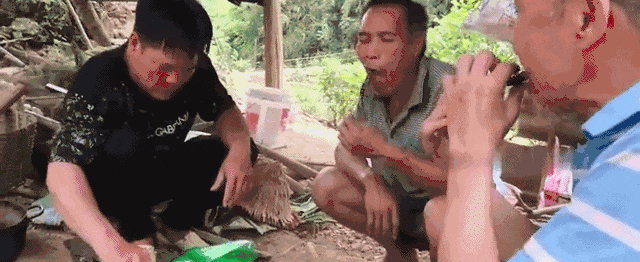
From Desperation to Delicacy
For some, the love for centipedes stems from necessity. Le Van Phuc fondly recalls a pivotal moment from his childhood:
“That year, we ran out of food. My father caught a centipede, roasted it with some rice wine, and said it was good for the kidneys. That was the beginning. I don’t even know why he prioritized kidneys when we were starving—but here I am, thanks to that centipede.”
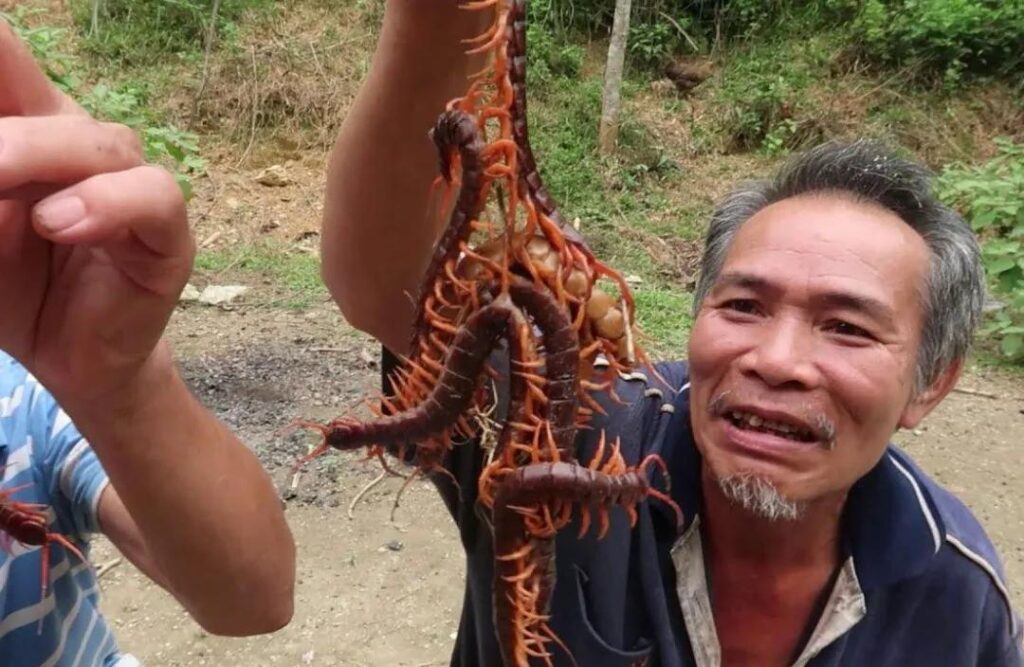
Centipede cuisine is remarkably diverse, with grilling being the most traditional method. “Grilling over direct charcoal brings out the essence of the wild,” says Le. “The charred shell contrasts beautifully with the tender meat inside.”
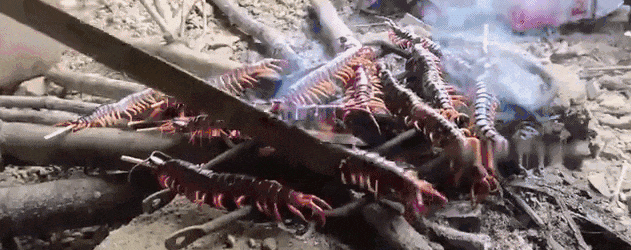
For those craving bolder flavors, fried centipede is a sensory explosion. In rural areas near Hanoi, crispy fried centipedes, paired with a squeeze of lime, are the ultimate beer snack. Some high-end dining experiences take centipede cuisine even further, serving it steamed with rice wine or hotpot-style to accentuate its delicate flavors.
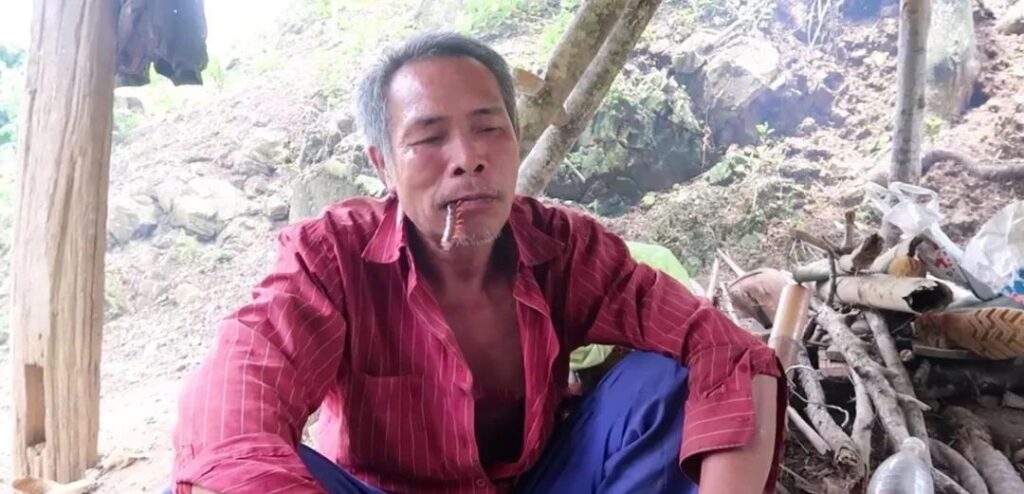
Living on the Edge: Centipedes as a Rite of Passage
Vietnam’s infamous “Centipede Through the Flames” dish is not for the faint of heart. Live centipedes are brushed with honey and dropped into sizzling hot oil, their writhing motions accompanied by the gasps and cheers of diners. The first bite delivers the sharp crunch of its exoskeleton, a sound as dramatic as the entire dining experience.
For the truly daring, there’s the ultimate challenge: eating centipedes raw. This tradition, often part of initiation rituals in the Central Highlands, is believed to imbue the eater with the centipede’s strength. The venom glands are carefully removed, and the creature is dipped in fish sauce and lime before being consumed whole. As it twists faintly on the tongue, locals describe the sensation as “a tender farewell from nature itself.”
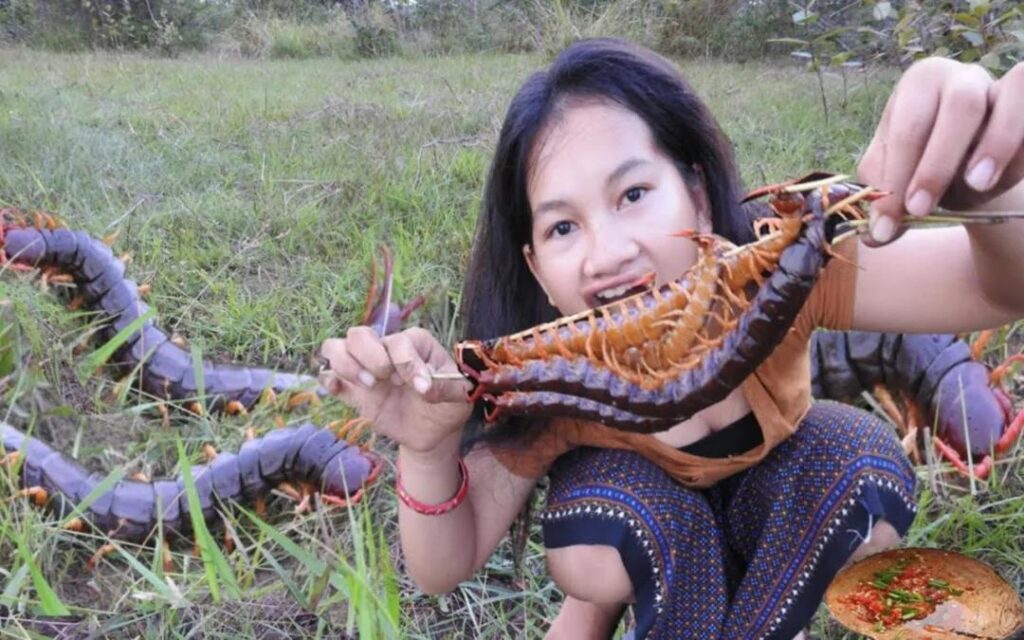
Vietnam’s Giant Centipedes: The Forest’s Apex Predator
The legendary “Vietnamese Giant Centipede,” stretching up to 30 cm—or even longer—is a prized delicacy and a fearsome predator. Its muscular body and potent venom make it a challenge to catch and prepare. Seasoned hunters like Nguyen Phu Quy have mastered the art of toxin removal, ensuring the meat is both safe and flavorful.
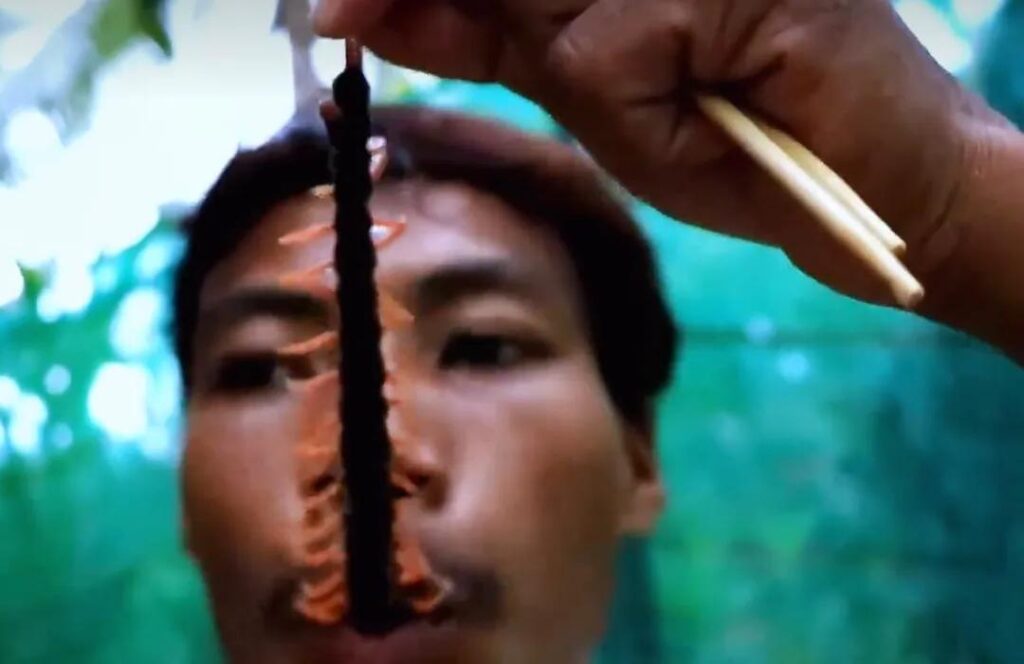
“The venom is potent, but we Vietnamese have ways to handle it,” Nguyen explains. Traditional methods include soaking the centipede in saltwater to purge toxins or meticulously removing venom glands with a sharp blade.
Beyond the plate, centipedes hold medicinal and cultural significance. They appear in folklore as symbols of resilience and mystery. From tales of centipedes transforming into beautiful maidens to myths of centipedes carrying pearls of wisdom, these many-legged creatures are woven into Vietnam’s rich narrative tapestry.

Courage on a Plate
Eating a Vietnamese Giant Centipede is more than a meal—it’s a proclamation of bravery, a dance on the edge of the food chain. As one adventurous diner aptly put it, “When you bite into a centipede, you’re not just eating; you’re proving that you have more than 100 lives.”
Whether grilled, fried, or consumed raw, Vietnam’s Vietnamese Giant Centipede feast isn’t just food—it’s an unforgettable rite of passage. For the bold, it’s a rare chance to savor nature’s wild, untamed flavors, embracing the thrill of the extraordinary.
